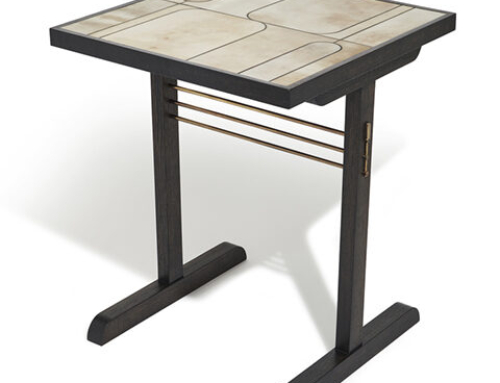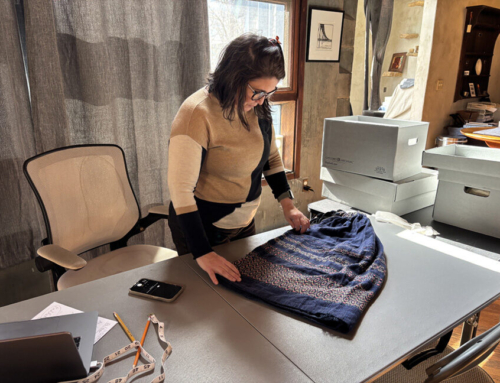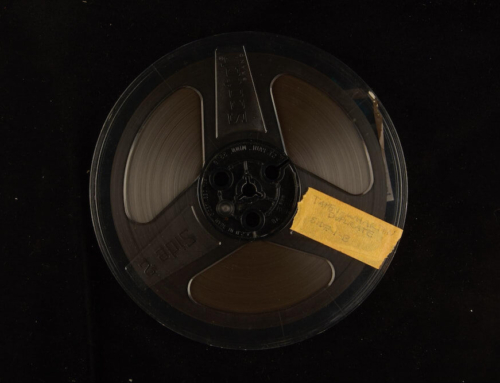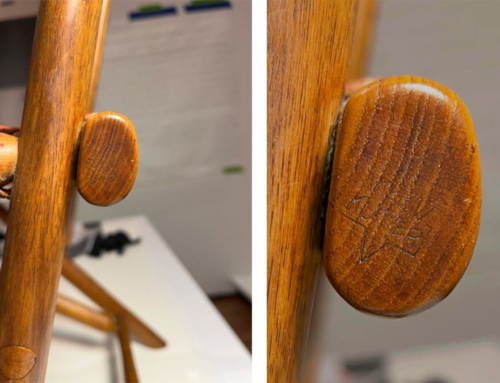Renewal: WEM’s 31st Juried Woodworking Exhibition is now on view, with the prizewinning works displayed onsite in our Visitor Center, and the complete show available as a virtual exhibition and accompanying publication. Renewal appears in many forms throughout Esherick’s career, whether through personal journeys that led him to new materials and media, renewed uses for found objects — as seen in his Hammer Handle Chair and Wagon Wheel Chair — or by his renewed take on the very definitions of sculpture, furniture and architecture. The enthusiastic response to this open call for entries reveals just how resonate the theme of renewal remains for contemporary makers. Each artist approached renewal from a unique perspective, and while the works all contain wood in some way, the final pieces offer interpretations ranging from material properties, historical resonance, inherent narratives, and metaphorical potential.
Over the course of the exhibition, which is on view through September 7, 2025, we are delighted to share a little more about our prizewinning artists with you. We asked each of them a few questions and learned a bit more about their work, practice, and lives. We hope you enjoy our conversation below with Cameron Lasson, the first place prizewinner in the Renewal exhibition.
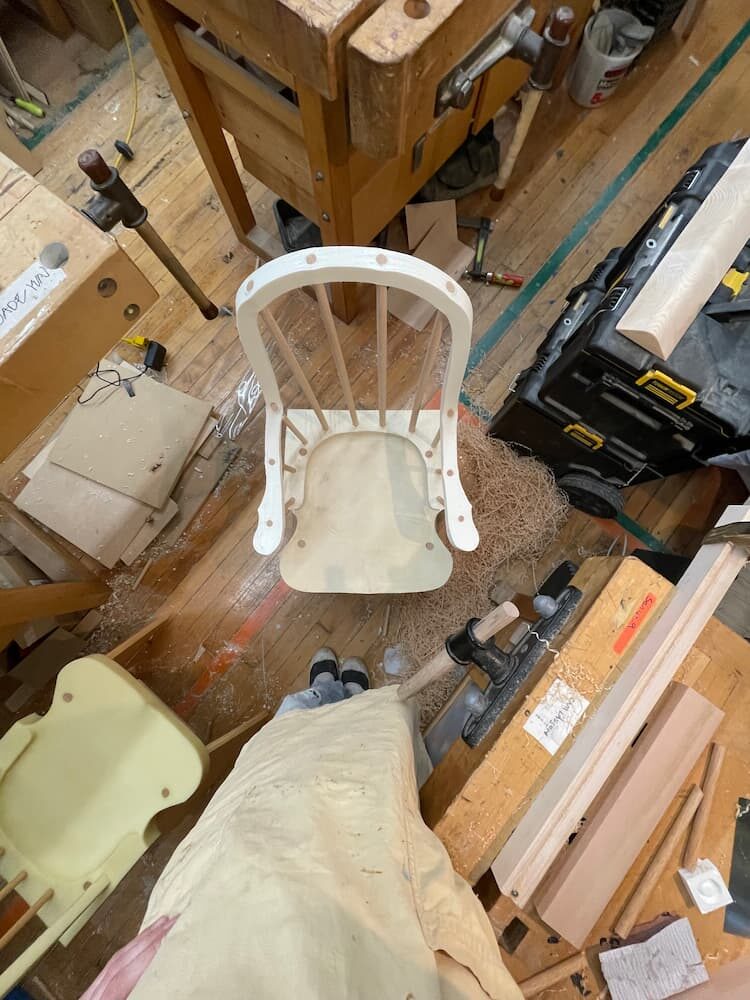
Can you give us an overview of your pieces Taxidermy Tree, Bow Back Windsor Chair, and Replica of an 18th Century Folk Chair in Stone and what you were thinking as you made each of them?
The Taxidermy Tree considers the stages of abstraction of a birch tree in a very literal way. First, the unprocessed skin of the tree which I harvested in a local forest. Second is birch heartwood which was kiln dried and sold at a lumber yard. The third is birch plywood which is industrially processed and pressed into boards. The Replica of an 18th Century Folk Chair and Bow Back Windsor Chair follow a similar idea but in a more abstract way. For these two I chose to stay within very recognizable folk furniture typologies while creating perceptual slippages by incorporating homogenous industrial materials in an otherwise very traditional process. In the Bow Back Windsor Chair I cast a hand carved oak seat and backrest in urethane rubber. In the Replica chair I veneered a mortise and tenon pine chair in vinyl flooring. While varying in material and methods, these three chairs explore the tensions between what is perceived as natural versus synthetic, and handmade versus industrial, calling into question their borders and hoping for a more ecological perspective of the object/commodity.
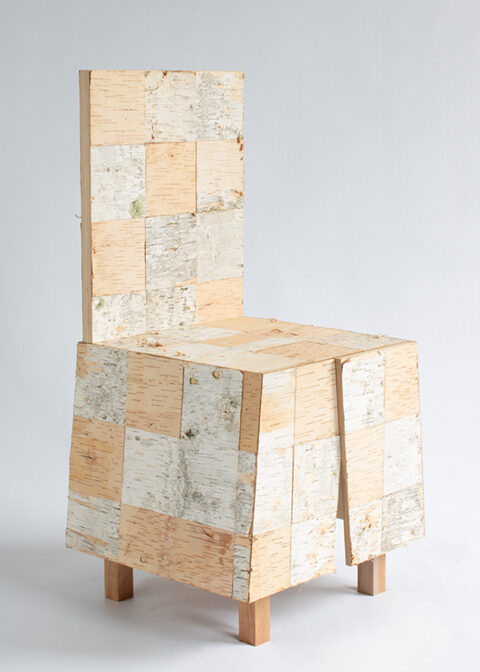
Cameron Lasson, Taxidermy Tree, 2023. Birch bark, birch heartwood, birch plywood, 18 x 18 x 35 inches.
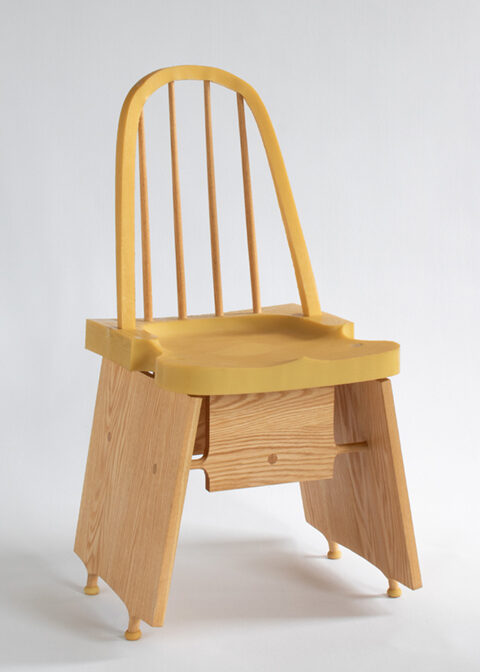
Cameron Lasson, Bow Back Windsor Chair, 2024. Oak, rubber cast in oak, 18 x 18 x 35 inches.
Tell us a bit more about your background. What brought you to creating art in general, and to working with wood in particular?
I was introduced to woodworking at a young age by my Grandpa and have many memories of projects in wood with him. I really got into making furniture at Rhode Island School of Design where I studied in the furniture department. This is where I was introduced to traditional woodworking techniques such as spindle back chair making and cabinetry.
When did you first learn about Wharton Esherick? What about his work did you find interesting or inspiring? If you’ve been to the Studio, do you have a favorite room or piece?
I was lucky to get a tour of the spaces and learn about the many stories behind the rooms and objects. I especially loved the story of how Esherick introduced electricity into the home through the most basic light sockets and how his daughter felt that the light bulbs deserved some kind of shade or decoration, so at her request he made all these ad hoc lamp shades out of pots and pans and even animal skin. The whole house seems to be a living organism in this way. Never finished and always evolving and changing over time.
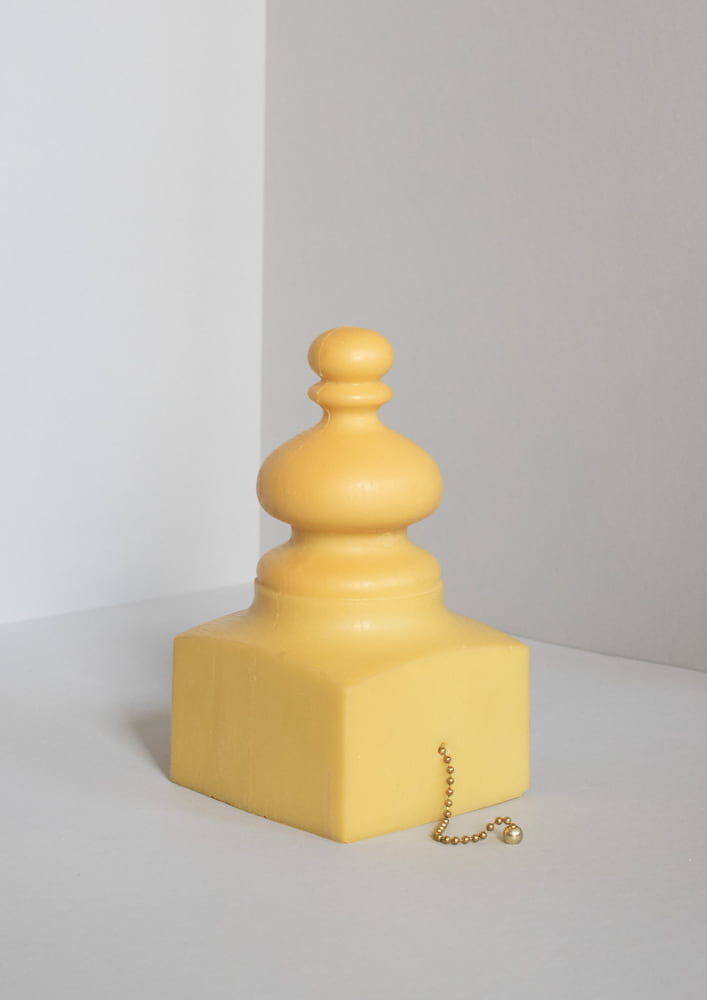
You have three pieces in the Renewal exhibition, all of which explore chairs as a mode of creative expression. What is it about this form that peaks your interest?
Chairs are the most anthropomorphic furniture typology which is what draws me to them. They feel the most like living creatures. I also like how they directly reference the body and it gets you to relate to it more directly in an intuitive way.
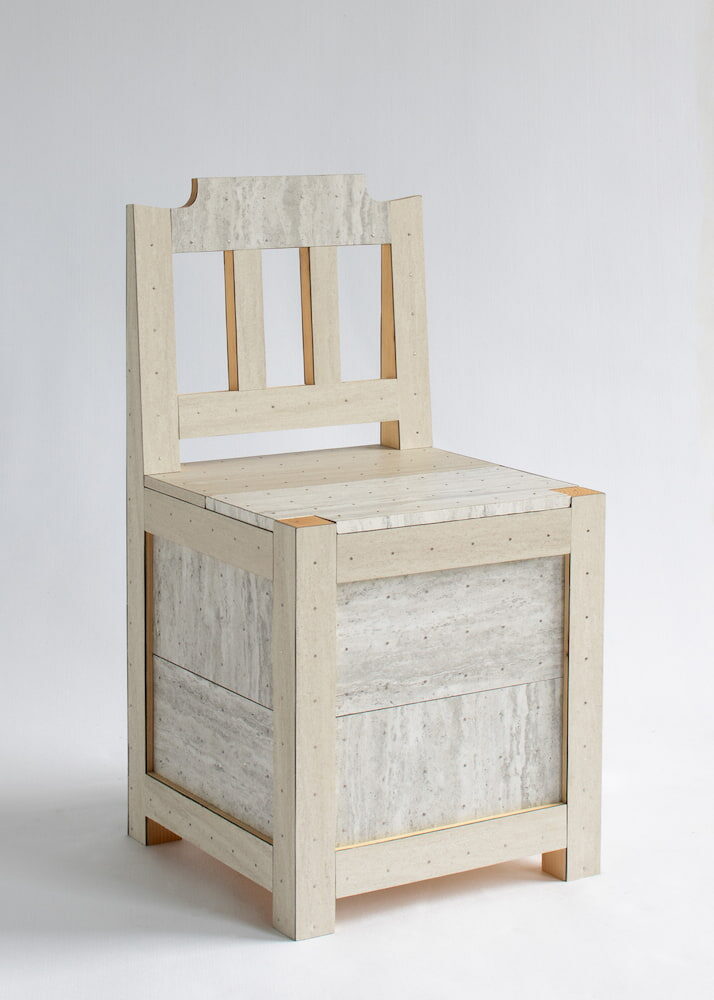
Cameron Lasson, Replica of an 18th Century Folk Chair in Stone, 2024. Pine, vinyl stone flooring tiles, nails, stones, 15 x 15 x 30 inches.
Your chairs evoke viewers to question our perceptions — and misperceptions — around materiality. They also bring traditional techniques into conversation with more industrial approaches, drawing viewers back to the original state of a given material.
Can you tell us a little bit about this relationship and what you hope viewers will take away? How do you think about the source materials and the techniques that you incorporate?
I hope to create new ways of perceiving through my furniture, which doesn’t distinguish between the industrial and natural but sees them as an ecological whole. I want to do away with dualisms, situating viewers in the interstices between the concrete and abstract, where inert matter is alive and exists in a state of flux.
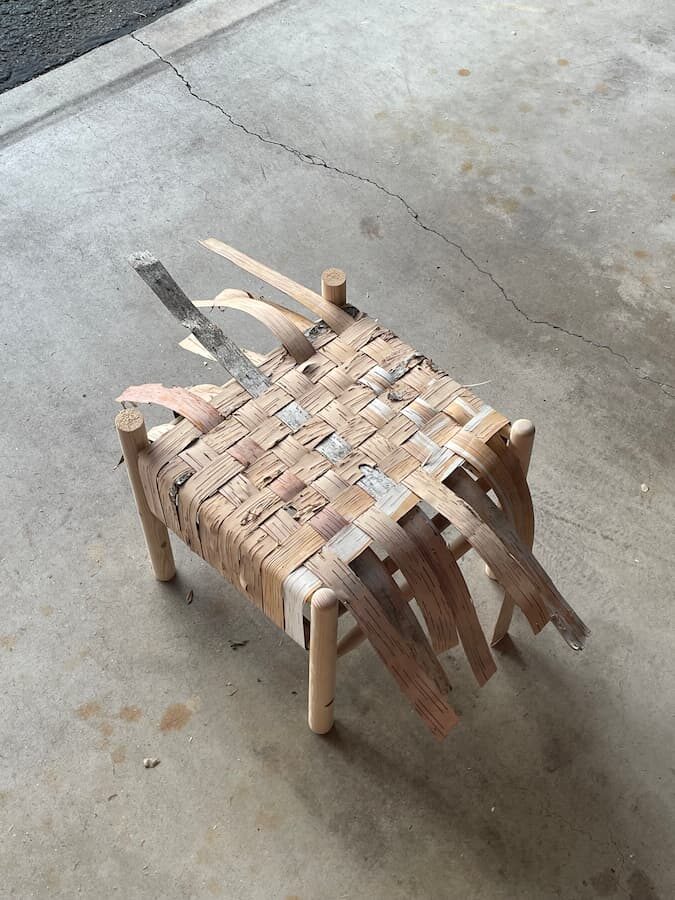
We are excited to continue to follow along with you and your wonderful work! What are you most excited about in your practice right now and/or on the horizon?
I just finished co-curating and exhibiting in a group show called Songs of a Decoy in Manhattan and currently I am developing some new work at my studio in Brooklyn, focusing on cabinetry and basket weaving. I am also working on launching a clothing hanger business, Pony Hangers, with a friend.
» Visit Renewal: WEM’s 31st Annual Juried Woodworking Exhibition online
» Learn more about Cameron Lasson on his website
Post written by Larissa Huff, Social Media and Communications Manager
July 2025

